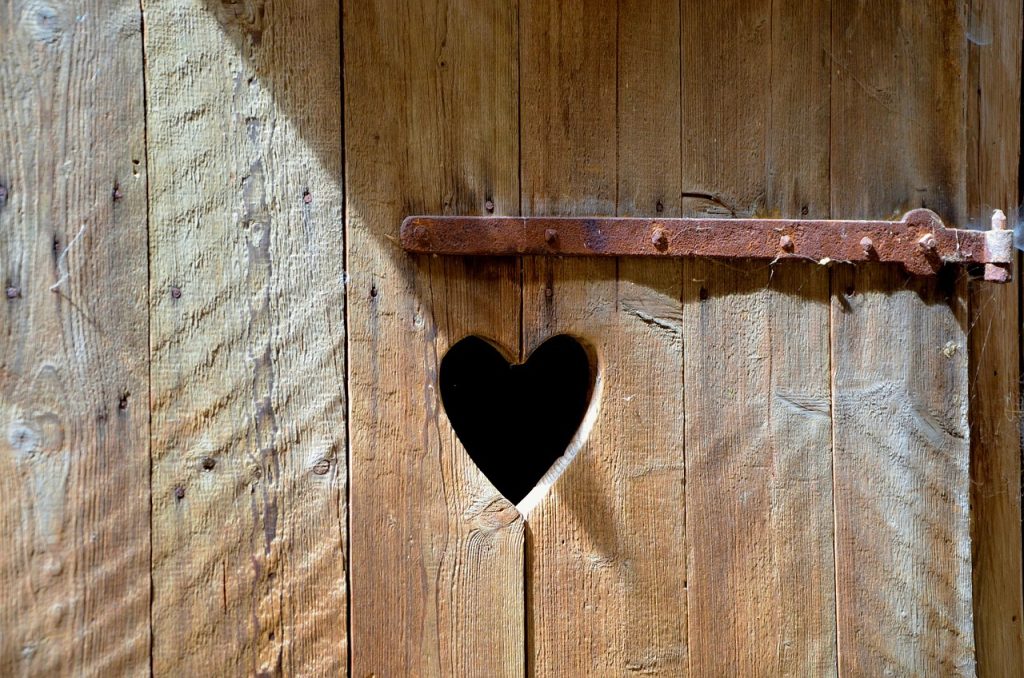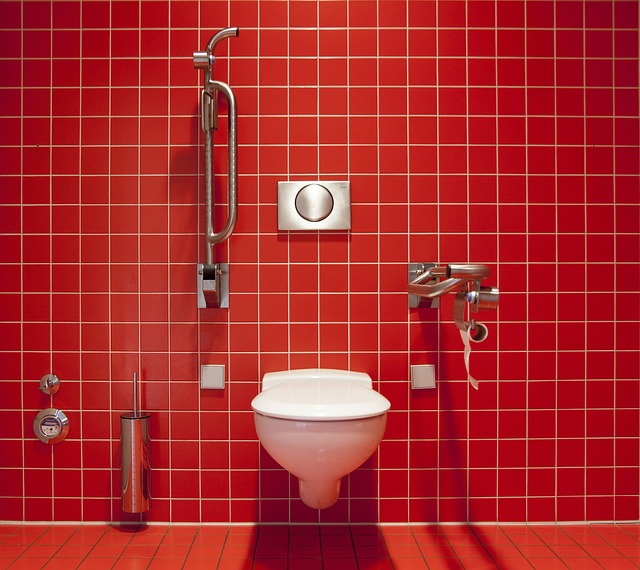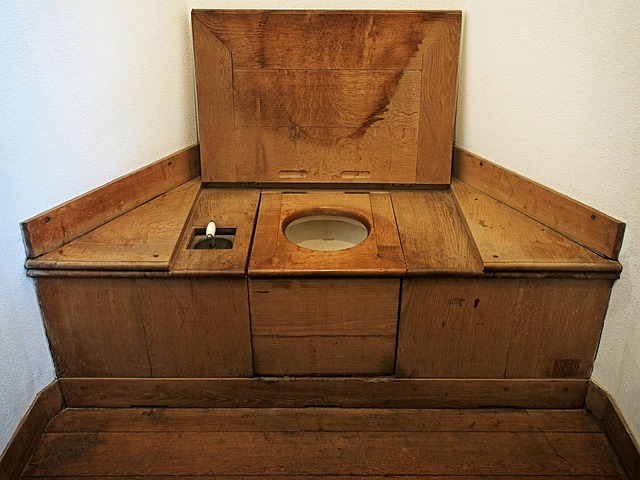The choice of a toilet might seem like a straightforward decision, but when you explore the variety of options available, you’ll find there’s more to consider than you might think. In this blog post, we’ll examine the pros and cons of three distinct types of toilets: regular water toilets, incinerating toilets, and composting toilets. By understanding the unique characteristics of each, you can make an informed decision on which type suits your needs and values best.

Regular Water Toilets:
Pros:
- Familiarity and Convenience: Regular water toilets are the most common type, and people are generally accustomed to using them. They require no special instructions or adjustments.
- Efficiency: Water toilets are highly efficient in flushing waste away, thanks to the use of water. They can handle a range of waste materials without manual maintenance.
- Minimal Odor: The flushing mechanism in water toilets helps minimize odor by transporting waste away quickly, making them a popular choice for indoor plumbing systems.
Cons:
- Water Consumption: Water toilets are notorious for their high water consumption. Every flush uses a significant amount of freshwater, which can be wasteful and expensive.
- Environmental Impact: The excessive water use contributes to water scarcity and energy consumption for water treatment facilities.
- Maintenance: Water toilets can require frequent maintenance and are more susceptible to clogs and breakdowns.
Incinerating Toilets:
Pros:
- Minimal Water Use: Incinerating toilets use little to no water, reducing water consumption significantly.
- Efficient Waste Disposal: They turn waste into ashes, reducing the need for sewage systems and eliminating the risk of contamination.
- Compact and Versatile: Incinerating toilets are space-saving and can be installed in a variety of settings, including remote locations.
Cons:
- High Energy Use: Operating an incinerating toilet requires electricity or other energy sources for incineration, potentially increasing your energy bills.
- Initial Cost: Incinerating toilets can be more expensive to purchase and install than traditional water toilets.
Composting Toilets:
Pros:
- Environmentally Friendly: Composting toilets are one of the most environmentally friendly options. They conserve water, reduce pollution, and create compost for gardening.
- Low Maintenance: With proper use, composting toilets are relatively low-maintenance and less prone to clogs or breakdowns.
- Versatile Installation: Composting toilets can be used in various settings, including off-grid homes, cabins, and RVs.
Cons:
- Learning Curve: Using a composting toilet might require an adjustment period for users not familiar with this eco-friendly option.
- Odor Management: Proper ventilation and maintenance are necessary to control odors in composting toilets.
- Space Requirements: Some models can be bulky and require ample space for installation, which might not be suitable for smaller bathrooms.



The choice between regular water toilets, incinerating toilets, and composting toilets ultimately depends on your priorities, values, and specific needs. Regular water toilets offer familiarity and convenience but are less eco-friendly and can be expensive to maintain. Incinerating toilets are water-efficient but require energy for operation and may produce odors during incineration. Composting toilets are the most environmentally friendly option, conserving water and creating valuable compost, but they may have a learning curve and require proper maintenance.
Consider your location, energy sources, environmental concerns, and personal preferences when making your decision. Each type of toilet has its own set of pros and cons, so choose the one that aligns best with your lifestyle and values.

Legg igjen en kommentar